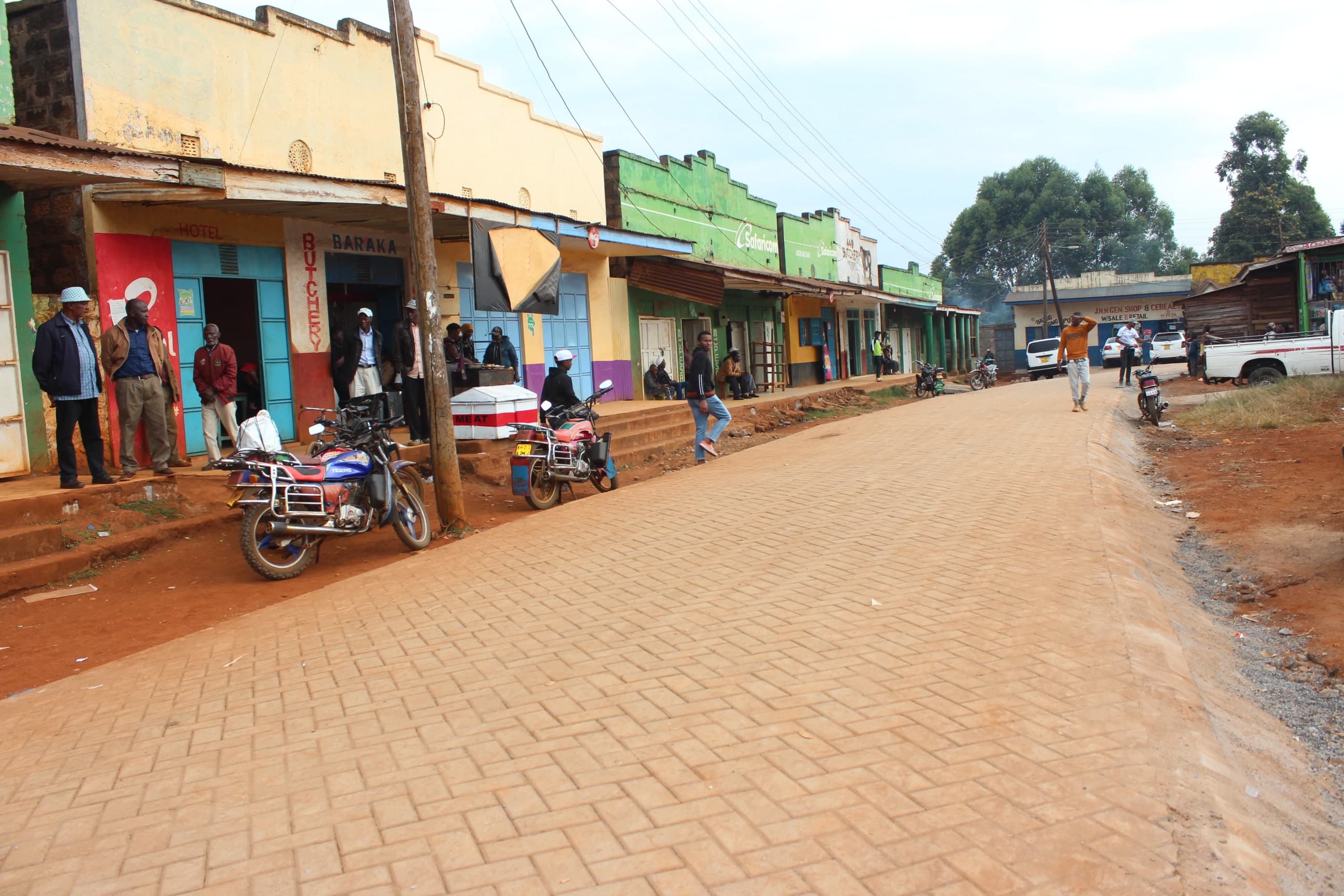We're loading the full news article for you. This includes the article content, images, author information, and related articles.
An ambitious infrastructure upgrade across 14 urban centres is transforming trade and daily life by paving roads and installing streetlights, aiming to create a 24-hour economy and curb rural-urban migration.

The Murang'a County Government has embarked on a significant urban renewal project, dubbed the 'Smart City' programme, aimed at revitalizing the economic fortunes of its key rural towns. Initiated in 2022 under the leadership of Governor Irungu Kang'ata, the programme is designed to upgrade infrastructure to stimulate local commerce and improve the quality of life for residents. According to official county documents, the administration allocated KSh 175 million for the initiative in the 2022/2023 fiscal year and another KSh 150 million in the 2023/2024 budget. The long-term vision is to construct 40 kilometers of paved roads by the 2026/2027 financial year, with a total projected cost of KSh 1 billion.
As of a report in February 2024, the programme had reached 14 towns across the county's constituencies, including major centres like Murang'a Town, Maragua, Kangema, and Kenol. The core activities involve paving streets with cabro blocks, tarmacking roads, improving drainage systems, and installing streetlights. This addresses a long-standing issue where only 21% of the 3,006 km of roads managed by the county were paved, often leaving streets muddy during rainy seasons and dusty in dry spells, which hampered business and posed health risks. The county reports a construction rate of 7 kilometers of paved roads annually since the programme's inception.
The initiative has been credited with creating a more conducive environment for local businesses. Traders and residents have lauded the project, noting that the upgrades have allowed businesses to remain open for longer hours, well past the previous 7 p.m. unofficial closing time dictated by darkness and insecurity. The installation of streetlights has been particularly impactful, enhancing security and enabling the growth of a nascent 24-hour economy. Previously, businesses in back streets were disadvantaged due to poor access, forcing traders to crowd along main roads. The new all-weather roads now provide easier access to all commercial areas, boosting customer traffic for previously hard-to-reach shops. According to the county government, these improvements are designed to make the towns more accessible, safer, and more appealing to residents and potential investors alike. The project has benefited over 118,000 residents in the targeted urban areas, according to a 2019 Kenya National Bureau of Statistics (KNBS) census referenced in a county report.
The 'Smart City' programme aligns with broader national and devolved government strategies aimed at improving rural infrastructure to spur economic growth and curb rural-urban migration. By making rural centres more economically viable, counties can create local job opportunities, retaining youth who might otherwise move to major cities like Nairobi. Murang'a's approach was recently recognized on Friday, October 31, 2025, at the Smart Cities Forum in Nairobi, where it was highlighted as a practical model for other counties seeking to modernize their urban market infrastructure. Governor Kang'ata stated at the forum that the programme is about providing "dignity, opportunity and innovation for every trader and resident."
Despite the positive reception, the initiative has faced some criticism. A report from November 1, 2025, noted that some local stakeholders perceive the programme as superficial, arguing it fails to address deeper economic hardships. The same report mentioned implementation hurdles and a lack of transparency as points of concern among some residents. Looking forward, the county government plans to continue expanding the programme to cover more shopping centres. The success of such projects is critical for Murang'a, a county whose economy is predominantly agricultural but is seeing growth in its construction sector. The long-term sustainability of these upgrades will depend on consistent maintenance and the county's ability to secure ongoing funding to achieve its ambitious KSh 1 billion goal. The project's ultimate success will be measured by its ability to create lasting economic opportunities and significantly improve the livelihoods of its residents.
Keep the conversation in one place—threads here stay linked to the story and in the forums.
Other hot threads
E-sports and Gaming Community in Kenya
Active 7 months ago
Popular Recreational Activities Across Counties
Active 7 months ago
The Role of Technology in Modern Agriculture (AgriTech)
Active 7 months ago
Investing in Youth Sports Development Programs
Active 7 months ago